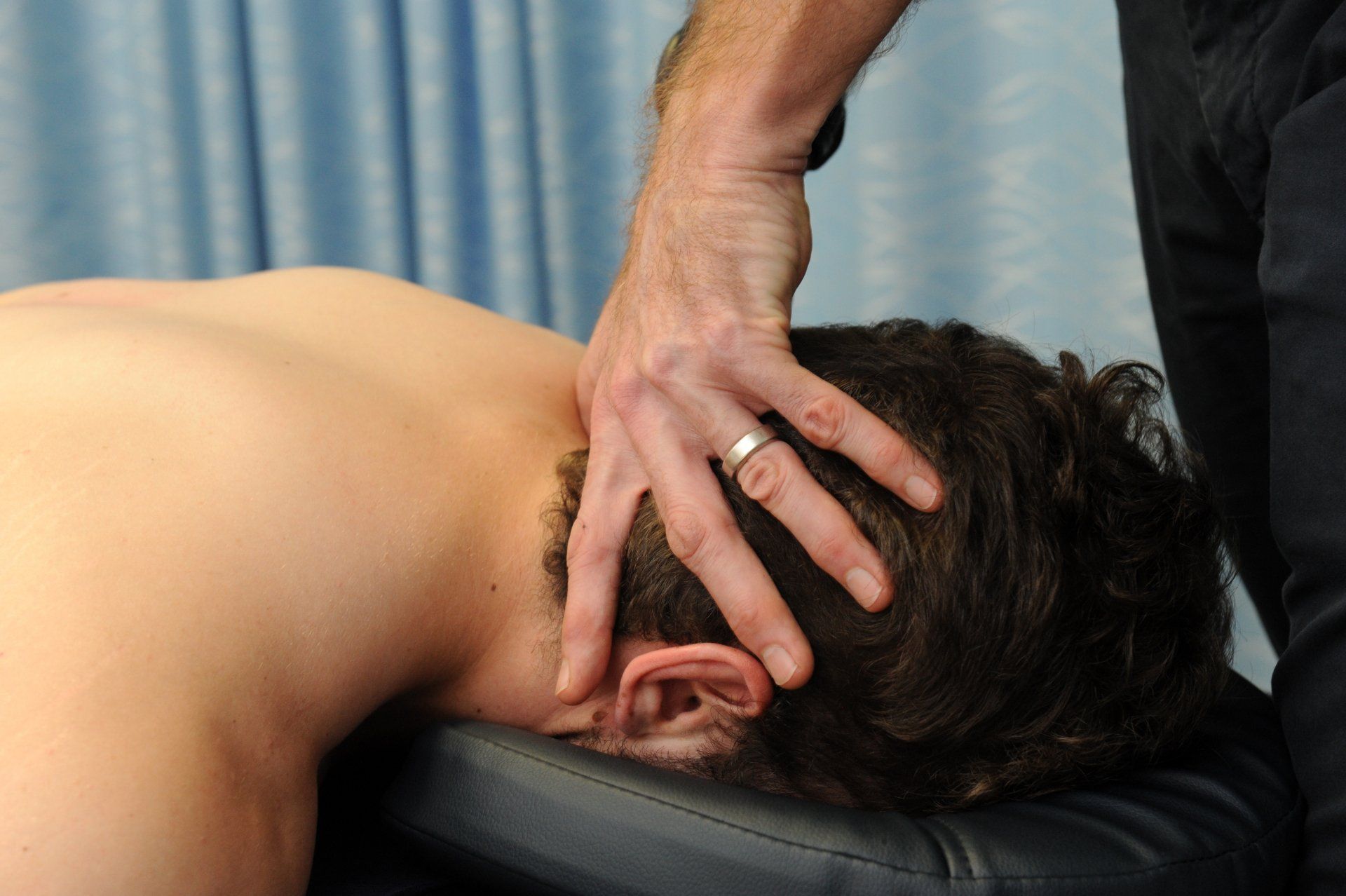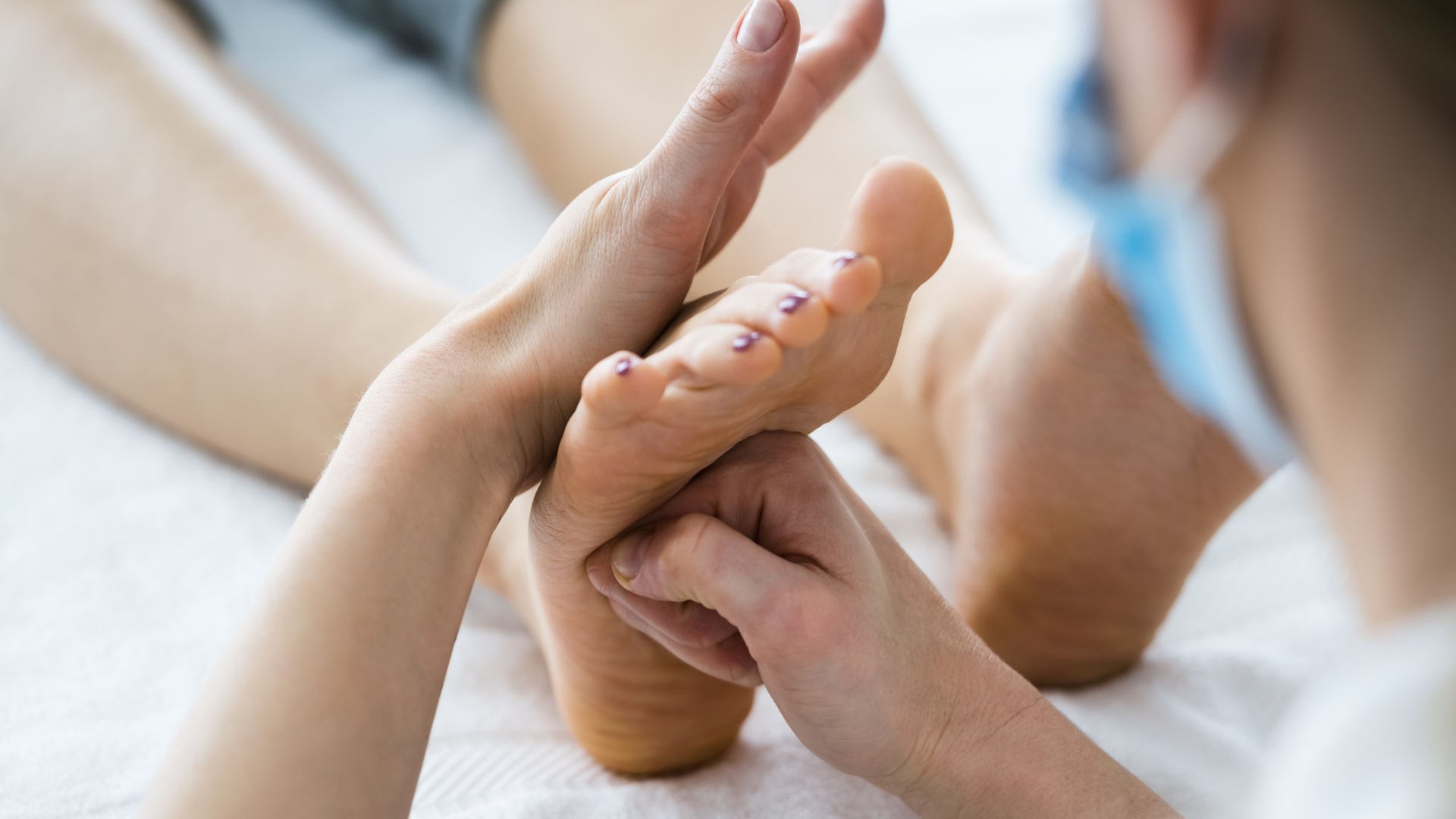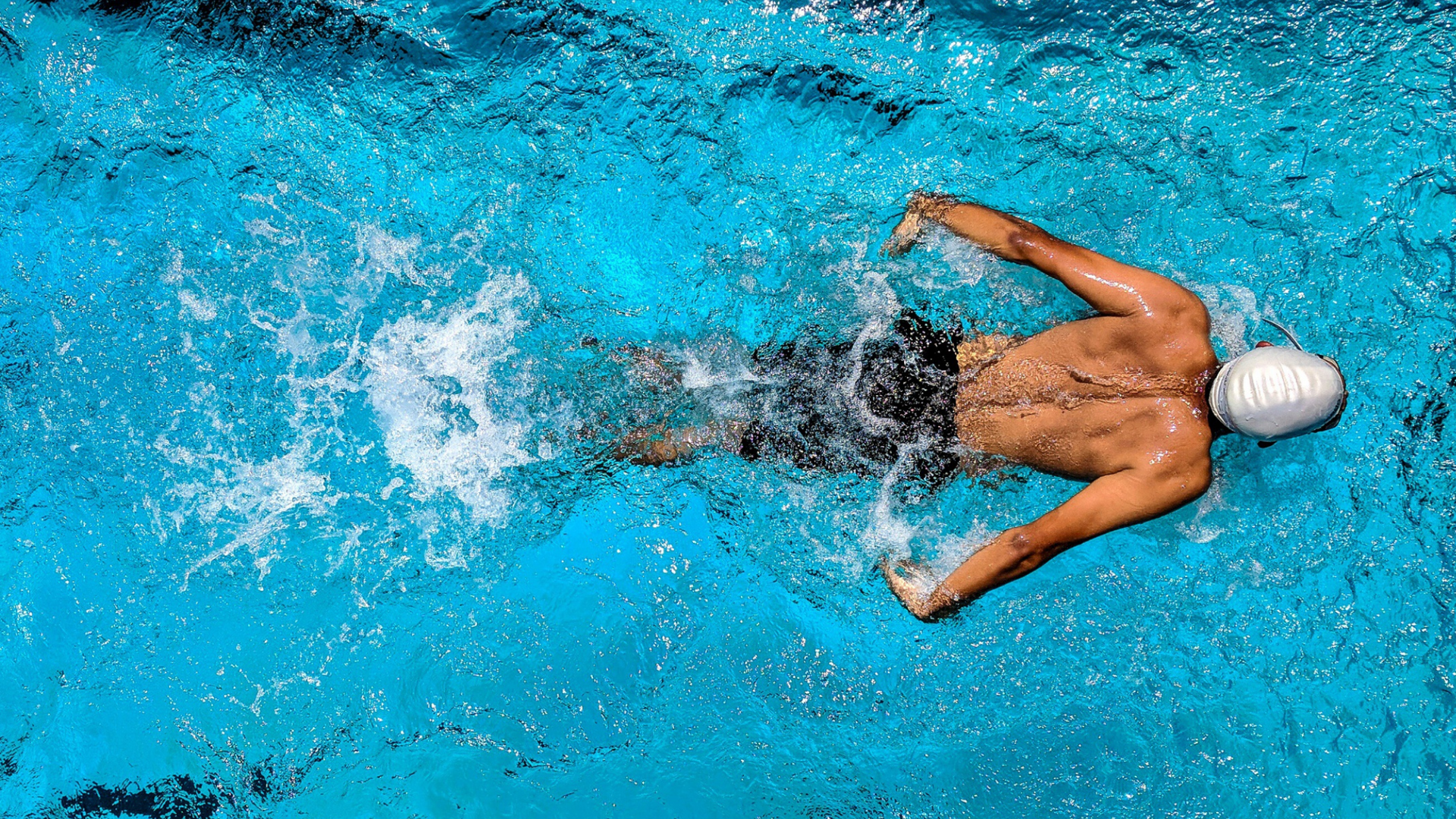The Hip - Femoroacetabular Impingement (FAI)
Femoroacetabular impingement (FAI) is a common cause of hip and groin pain in active individuals.

Femoroacetabular impingement (FAI) is a condition where abnormal contact between the femoral head and the acetabulum (hip socket) causes joint damage. It occurs when bone growth—either on the femoral head (cam type), the acetabulum (pincer type), or both—interfere with normal hip movement. This repeated contact can damage the labrum and cartilage, leading to pain, stiffness, and reduced range of motion.
FAI often affects young, active individuals and may lead to early hip osteoarthritis.
Symptoms include groin pain during activity or prolonged sitting. Diagnosis involves a physical examination and imaging, and treatment incorporating physiotherapy, medication, and in some instances, steroid injections or surgery.
Anatomy 101
The Femoral acetabular joint, or hip joint, is likened to a “ball and socket” joint, where the “ball” (the femoral head) is encapsulated by the “socket” (the acetabulum of the pelvis). When an individual experiences FAI, there is a structural abnormality of either the “ball” or the “socket”, or both. Abnormalities can be caused by genetics and/or a response to damage and stress, known as osteophyte growth. This leads to incongruence of the hip joint, where soft tissue structures of the hip joint can get pinched during movement.
FAI can be caused by a CAM lesion (when the “ball” or head of femur is mis-formed), a Pincer lesion (when the “socket” or the acetabulum is mis-formed), or a combination of both.
Who gets it?
While FAI can occur in adolescents, particularly those involved in sports during skeletal development, it most commonly affects young to middle-aged adults, typically between the ages of 20 and 50.
FAI is more prevalent in males, and in high impact or kicking sports such as AFL, soccer, hockey and basketball.
Other factors that influence the development of FAI include a family history of hip pain, and occupations that involve prolonged periods of sitting and repetitive, deep squatting. Occasionally FAI can result from muscular weakness and poor motor control of hip musculature.
Diagnosing
FAI can be diagnosed through a thorough subjective and objective assessment taken by your physiotherapist. Some key signs and symptoms of FAI can include pain in the front/groin area of your hip, joint clicking and occasional locking. These can often be reproduced with deep squatting or other movements towards the limit of hip range of motion.
Other similar presenting hip pathologies or differential diagnoses may be:
- Hip joint osteoarthritis
- Acute hip labral tears
- Fracture or stress fractures of the femur
- Inguinal hernias
- Reproductive organ / pelvic floor dysfunctions
- Lumbar spine referral
A physiotherapist will be able to diagnose FAI by some of the following objective assessments:
- Pain location: localised most to the front of the hip if we are suspecting hip joint related pain, such as FAI.
- Hip joint range of motion (ROM): In individuals with FAI, hip joint ROM may be decreased, more specifically, combined hip Flexion, ADuction + Internal Rotation (FADIR) may be limited and painful.
- Muscle strength: decreased hip flexor, extensor, adductor, abductor, internal and external muscle strength and endurance may be decreased.
In some cases, a GP may be helpful to refer to a sports medicine physician or orthopaedic specialist if initial diagnostic tests are inconclusive.
Do I need a scan?
Following a thorough physical examination, medical imaging may be helpful in confirming a diagnosis of FAI, determining the best treatment approach, and ruling out other potential causes of hip pain. This can include XR, MRI or other imaging modalities where indicated. Xrays may be ordered by your physiotherapist to assess the bony morphology of your hip joint.
An MRI can assist to further assess the hip joint, especially when considering other causes of hip pain such as cartilage tears, inflammation, and osteoarthritis.
Some “structural abnormalities” can be a normal variant of anatomy and research has found that individuals can have structural irregularities on imaging and remain asymptomatic. It is therefore important to consider both the clinical and radiological findings when making a diagnosis of FAI.
Treatment
Conservative management is typically the first and preferred line of treatment for mild to moderate FAI. This is typically provided by a physiotherapist with input from your GP or Sports Medicine Physician to provide pharmacological intervention if required.
Phase 1 intervention for FAI involves a period of de-escalating symptoms (pain and stiffness) and finding a level of activity that the hip joint copes with. Manual therapy such as massage, joint mobilisation, dry needling, and taping can be effective in this phase of treatment for pain relief and improved movement and control. Hydrotherapy can be an excellent in phase 1 for hips that continue to be irritable.
Phase 2 commences once pain is adequately controlled and normal movement has been restored. Phase 2 rehab involves addressing hip and core strength, joint range of motion, motor control and proprioception in a controlled environment under the guidance of a skilled physiotherapist who understands the pathology of FAI. Exercises target individual muscles and actions, working on strength, power and control.
Phase 3 rehab involves introducing movement patterns and graduated return to activity. Tasks are specific to the individual and their goals, with a focus on cross training and functional rehabilitation to ensure a safe and successful return to sport and daily living.
Throughout the process your physiotherapist will provide education and advice regarding safe, graded loading of the hip joint, and expert tips on how to stay pain free in the future.
How long’s it going to take?
FAI typically develops over a prolonged period of exposure to certain activities, and it can take a while to settle irritated structures down to the point they can tolerate load again. This can vary depending on the individual, how irritable the hip joint is, and how diligent you are at following a rehab program. In most instances pain can usually be settled with 2-4 weeks. Phase 2 usually lasts approximately 6 weeks, with phase 3 dependent on the level of activity you are returning to, but normally about 3-6 weeks.
All up, expect FAI to take between 3 and 4 months to resolve completely and for you to return to your pre-existing level of activity.
What about surgery? Or an injection?
Your physiotherapist can advise regarding surgery and injections, including the risks associated with each approach. In some recalcitrant cases, corticosteroid injection into the affected space can improve symptoms, allowing for more effective management with your physiotherapist. Advanced cases of FAI may require surgery to debulk the lesion and/or osteophytes causing impingement. This can be undertaken arthroscopically, and the outcomes are generally very good.
The Take Home
Early intervention for hip FAI is important to limit muscle deconditioning and irritation of hip joint structures. The longer you put up with symptoms, chances are the longer the rehabilitation process will be and the greater the chance of requiring more invasive managemetn approaches. Early intervention will limit time lost from work and sport and help to prevent progression to hip joint osteoarthritis. With efficient assessment, diagnosis and treatment from a physiotherapist, most cases of hip FAI can be well managed conservatively and prevent further complications.
Got anterior hip and/or groin pain and want to get it sorted? Give us a call now.
At Movement for Life Physiotherapy, we can assess and diagnose the cause of your hip pain and let you know whether you have FAI, hip joint osteoarthritis, or if there is something else going on. With a clear diagnosis and tailored management plan, we'll help get you back to the things you love sooner.
Call us now on 08 8945 3799 or click on BOOK AN APPOINTMENT to book online.
Sources
- Fortier, L. M., Popovsky, D., Durci, M. M., Norwood, H., Sherman, W. F., & Kaye, A. D. (2022). An updated review of femoroacetabular impingement syndrome. Orthopedic reviews, 14(3), 37513.
- Lucenti, L., Maffulli, N., Bardazzi, T., Saggini, R., Memminger, M., Simeone, F., & Migliorini, F. (2024). Return to sport following arthroscopic management of femoroacetabular impingement: a systematic review. Journal of Clinical Medicine, 13(17), 5219.
- Pasculli, R. M., Callahan, E. A., Wu, J., Edralin, N., & Berrigan, W. A. (2023). Non-operative management and outcomes of femoroacetabular impingement syndrome. Current reviews in musculoskeletal medicine, 16(11), 501-513.
- Schmaranzer, F., Kheterpal, A. B., & Bredella, M. A. (2021). Best practices: hip femoroacetabular impingement. American Journal of Roentgenology, 216(3), 585-598.
- Terrell, S. L., Olson, G. E., & Lynch, J. (2021). Therapeutic exercise approaches to nonoperative and postoperative management of femoroacetabular impingement syndrome. Journal of athletic training, 56(1), 31-45.
- Zogby, A. M., Bomar, J. D., Johnson, K. P., Upasani, V. V., & Pennock, A. T. (2021). Nonoperative management of femoroacetabular impingement in adolescents: clinical outcomes at a mean of 5 years: a prospective study. The American Journal of Sports Medicine, 49(11), 2960-2967.








